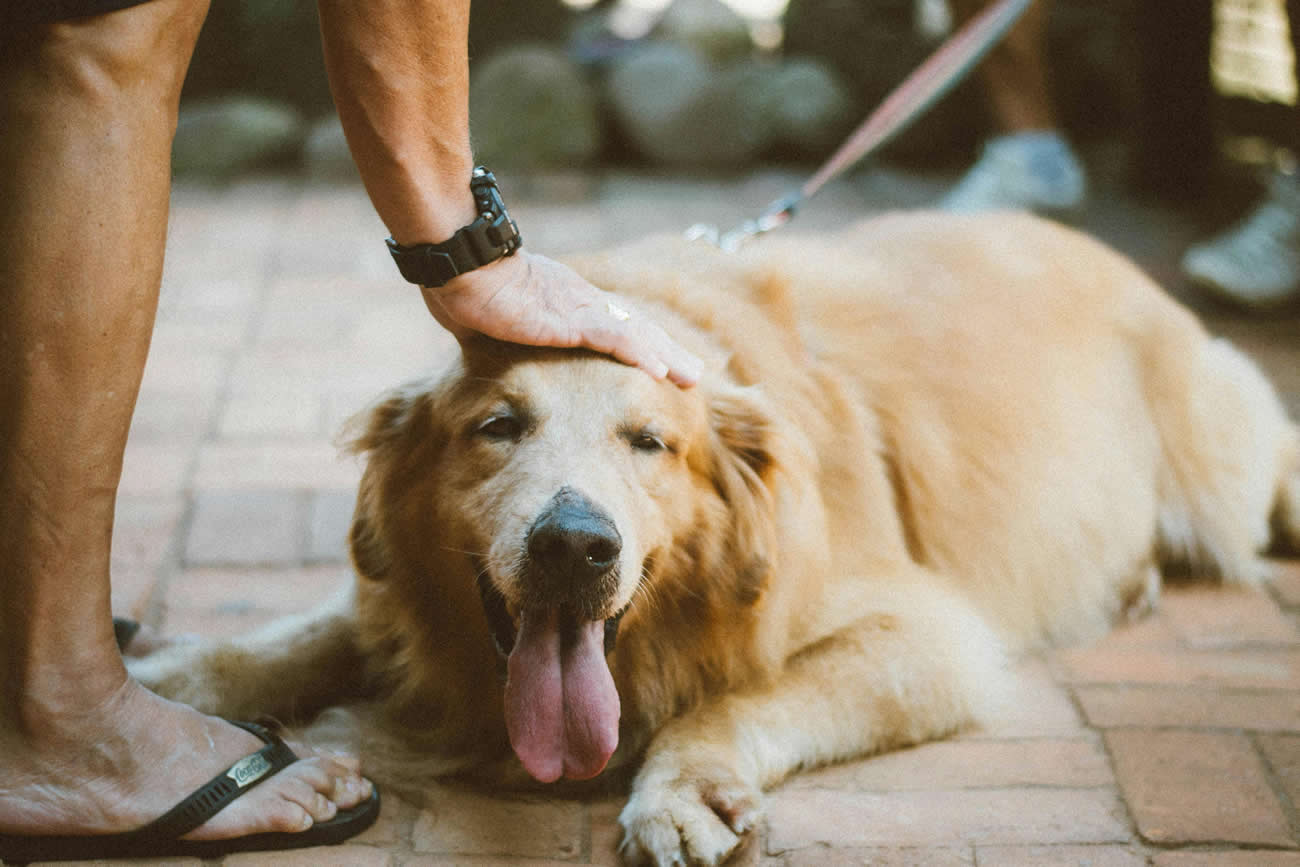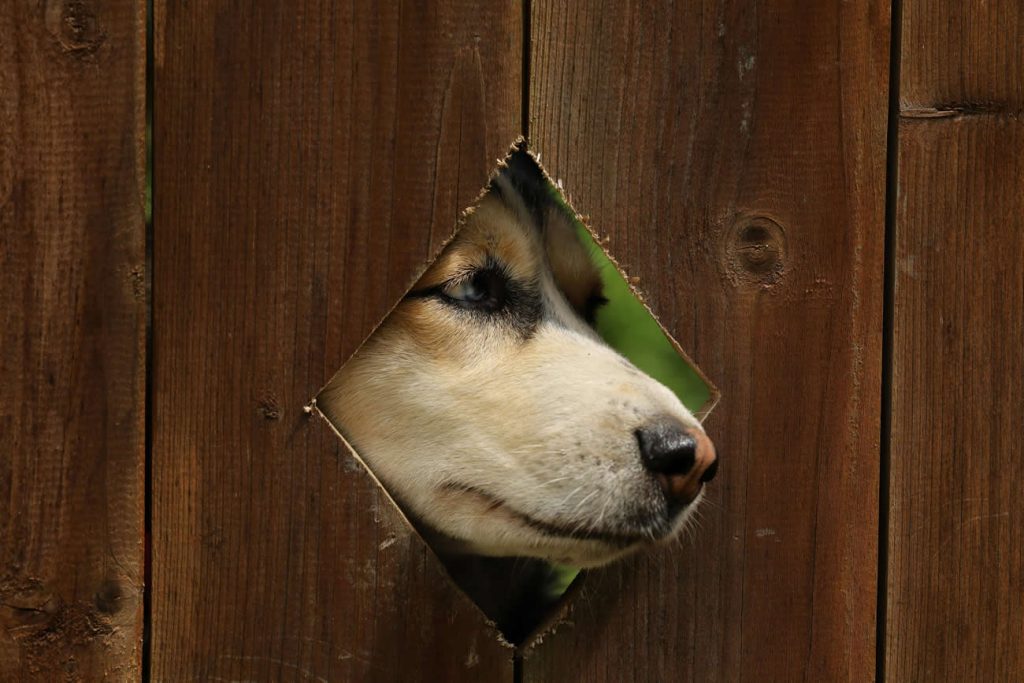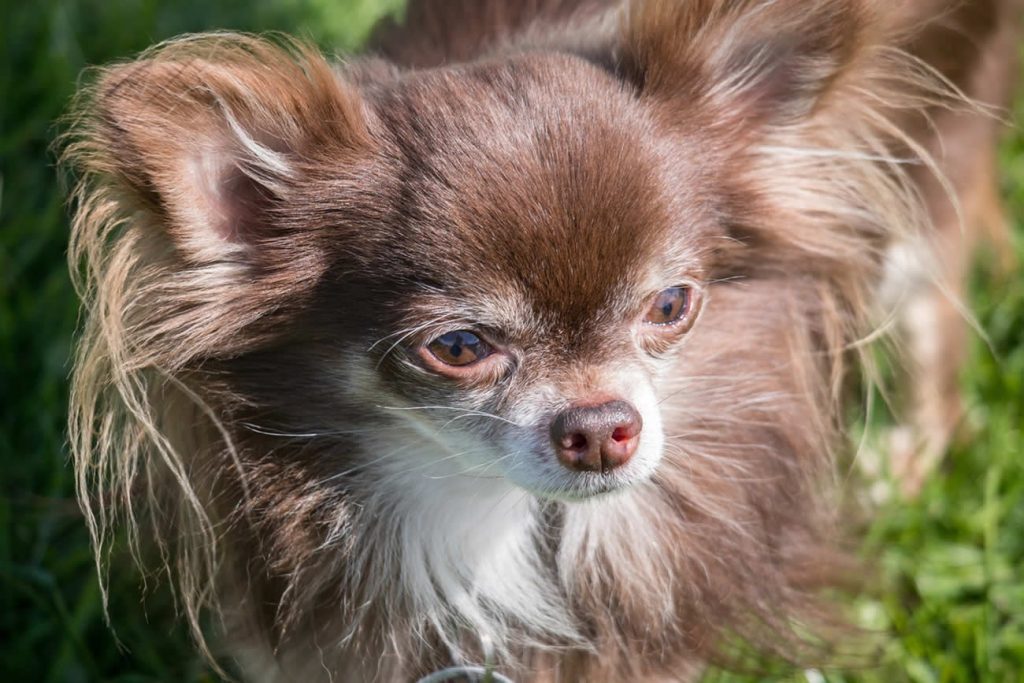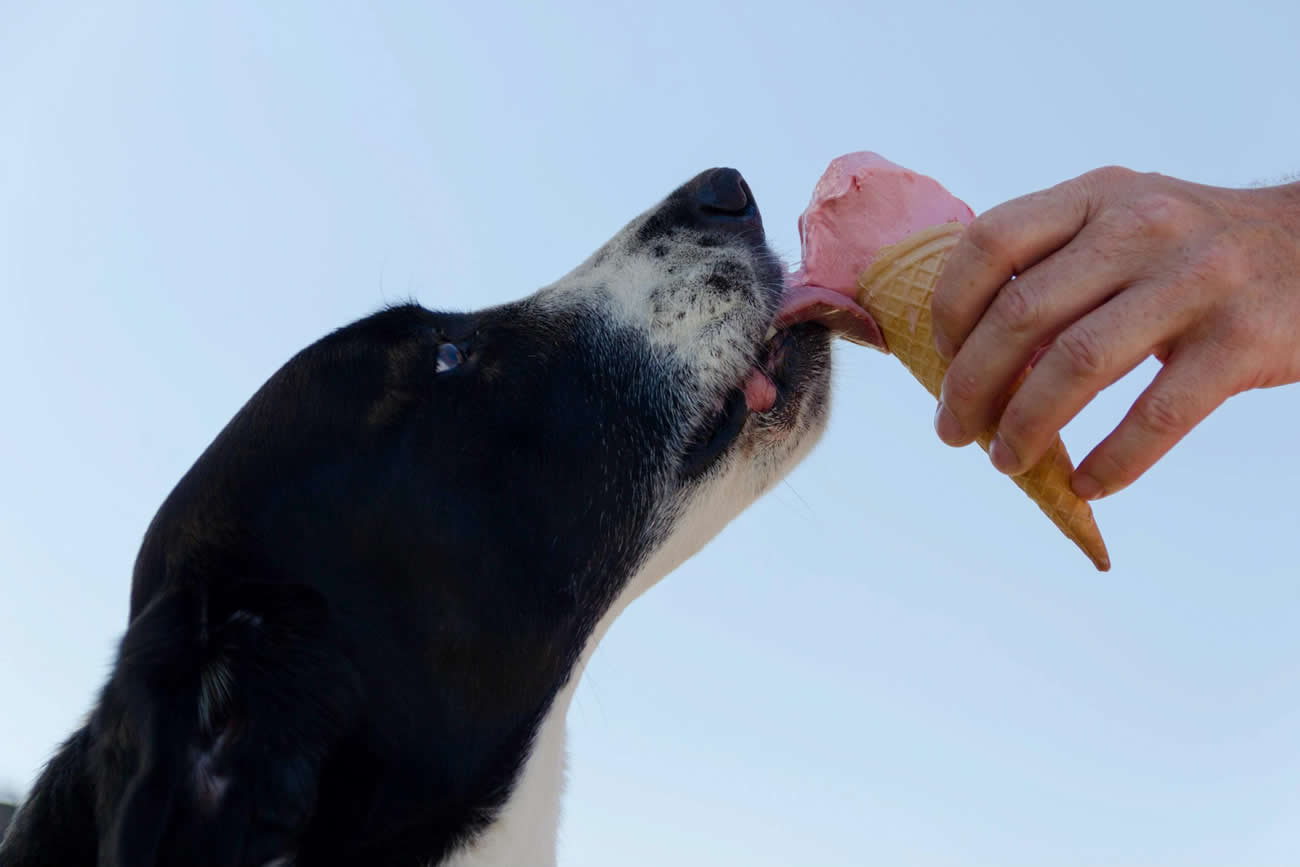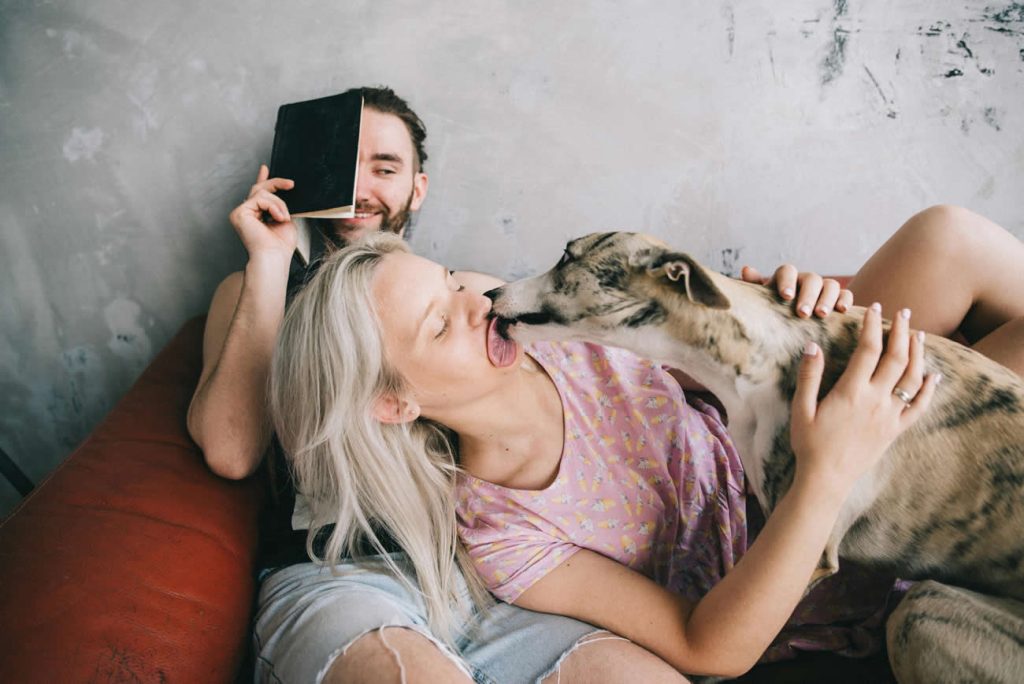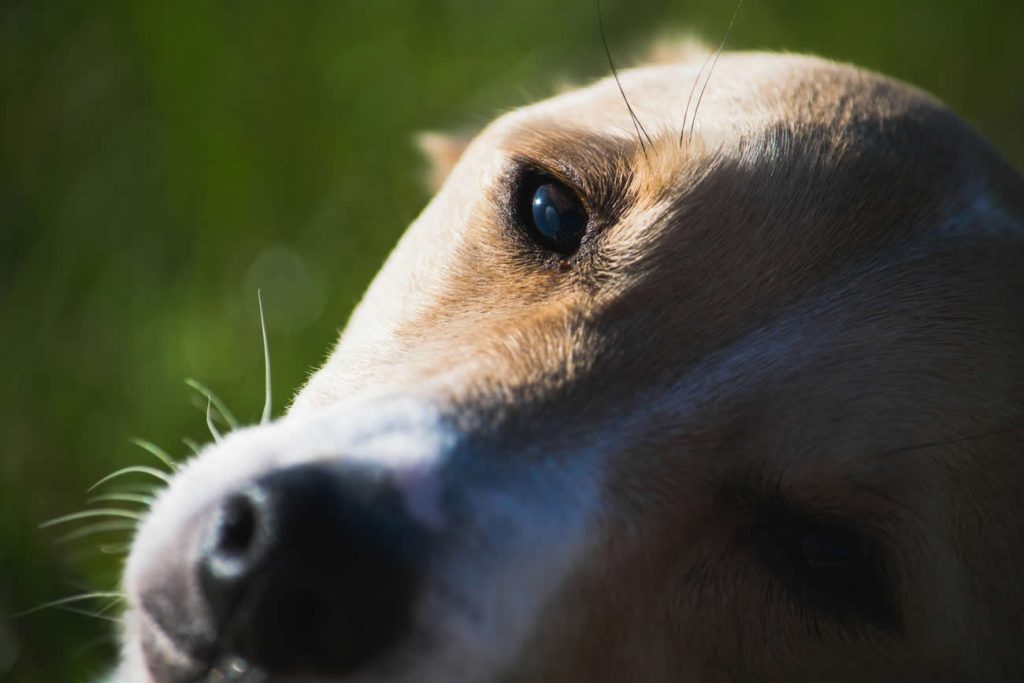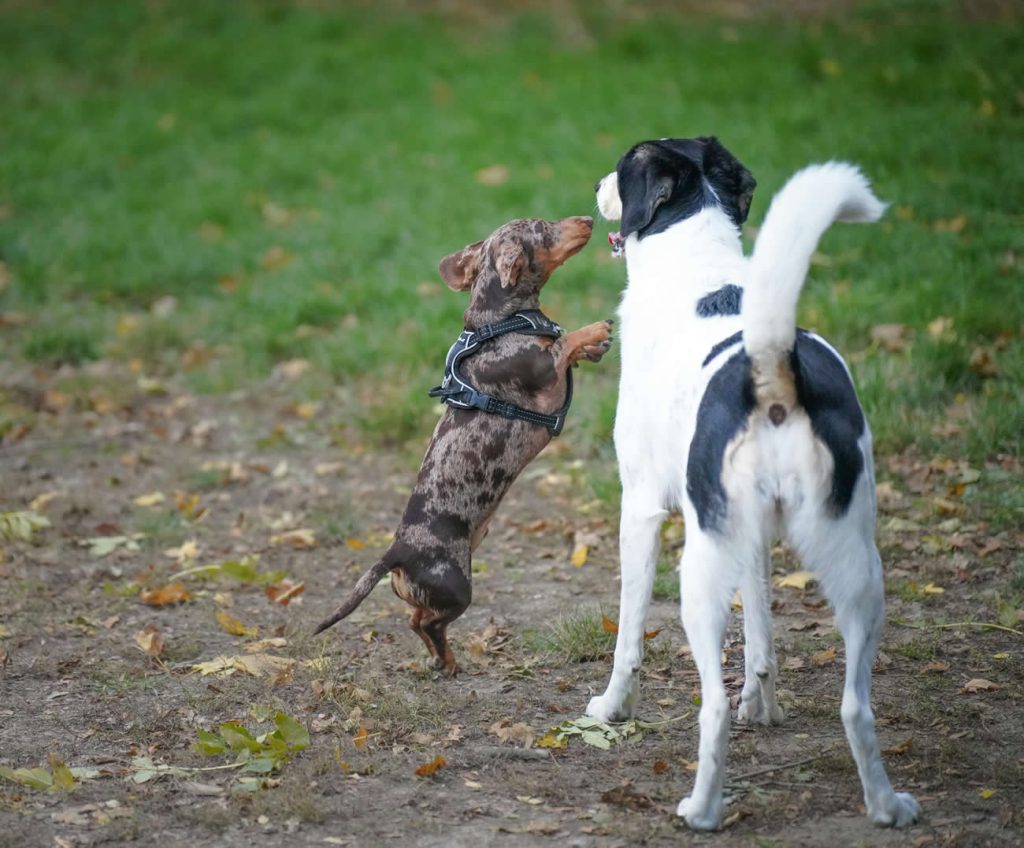Dogs are known for their quirky behaviours, and one of the most endearing (and sometimes perplexing) is their tendency to sit on their owner’s feet.
If you’ve ever found yourself wondering about this charming habit, you’re not alone. Many dog owners share this curiosity.
We’ll explore the myriad reasons behind this behaviour, backed by insights from experts and dog enthusiasts alike.
Understanding the Canine Mind
Dogs are incredibly social creatures, and their behaviours often reflect their emotional states and desires. When a dog chooses to sit on your feet, it can be a manifestation of various underlying motivations. Understanding these can help you strengthen your bond with your furry friend.
Seeking Comfort and Security
One primary reason dogs sit on their owners’ feet is to seek comfort. Just as humans find solace in physical closeness, dogs thrive on being near their trusted companions. Their owner’s warmth and presence can provide a sense of safety, especially in unfamiliar or stressful situations.
- Physical Contact: Sitting on your feet allows dogs to maintain physical contact, which can be soothing for them. This is particularly true for dogs that may feel anxious or insecure in certain environments.
- Emotional Support: If you’ve had a long day or are feeling under the weather, your dog might instinctively come to you for reassurance, sitting close to offer comfort.
Demonstrating Affection
Dogs are known for their loyalty and love, and sitting on your feet can be one way they express their affection. This behaviour can be seen as a canine hug, showcasing their desire to be near you.
- Bonding: By sitting on your feet, your dog is reinforcing the bond between you. This closeness helps them feel connected and secure in their relationship with you.
- Attention Seeking: If your dog has learned that sitting on your feet gets them attention—be it pets, scratches, or even just a smile—they may do it more often to elicit that response.
Protectiveness and Guarding Instincts
Another reason for this behaviour could be your dog’s instinct to protect you. By positioning themselves at your feet, they may feel they are safeguarding you and your space from perceived threats.
- Territorial Behaviour: Dogs often exhibit territorial instincts. By sitting on your feet, they might be signalling to other dogs or people that you are their human.
- Alertness: This position allows them to monitor their surroundings while maintaining contact with you, ensuring they’re ready to react if necessary.
Anxiety and Fear
In some cases, dogs may sit on their owner’s feet due to anxiety or fear. If your dog suddenly starts this behaviour during specific situations (like loud noises or new environments), it might be a sign of distress.
- Signs of Anxiety: Watch for other signs of anxiety, such as panting, pacing, or a tucked tail. If your dog seems nervous, sitting on your feet may provide the comfort it needs.
- Coping Mechanism: For dogs with separation anxiety, being close to you can help alleviate their fears. They may sit on your feet to ensure they are always aware of your movements.
Temperature Regulation
Interestingly, dogs may also sit on your feet to regulate their body temperature. If they’re feeling chilly, your warm feet can provide a much-needed source of heat.
- Shared Warmth: This is particularly common in smaller breeds or those with short coats, who may feel the cold more acutely. Sitting on your feet allows them to benefit from your body heat.
- Comfort on Cold Surfaces: Dogs may prefer the warmth of your feet over cold floors, making this a practical choice for comfort.
The Role of Training and Reinforcement
It’s essential to consider how past experiences may influence your dog’s behaviour. If your dog has been rewarded for sitting on your feet—whether through attention, treats, or affection—they are likely to repeat this behaviour.
Learned Behaviour
Dogs are creatures of habit and learn through reinforcement. If your pup has received positive feedback for sitting on your feet, they’ll continue to do it.
- Positive Reinforcement: When you pet or praise your dog for this behaviour, they associate sitting on your feet with good feelings, encouraging them to repeat it.
- Attention as a Reward: Dogs are adept at seeking attention. If they find that sitting on your feet guarantees a response from you, they’ll likely make it a regular habit.
When to Be Concerned
While sitting on your feet is typically harmless, there are instances where this behaviour might require attention. If your dog suddenly begins to exhibit this behaviour without prior context, it could indicate underlying issues.
Changes in Behaviour
If your dog, who usually prefers their space, suddenly starts sitting on your feet, it may be worth investigating.
- Stressors: Consider any recent changes in their environment. New pets, loud noises, or changes in routine can all contribute to anxiety.
- Health Issues: If your dog seems unusually clingy or anxious, consult a veterinarian to rule out any health concerns.
Managing Clinginess
If you find your dog’s behaviour overwhelming—especially if it’s a large breed—there are ways to encourage more independence.
- Training Techniques: Teaching your dog to settle in a designated spot away from your feet can help them feel secure while giving you some space.
- Creating Comfort Zones: Providing a warm, comfortable bed nearby can encourage your dog to relax without needing to sit on your feet.
Our Final Say!
In summary, dogs sit on their owners’ feet for a variety of reasons, from seeking comfort and affection to expressing their protective instincts. Understanding your dog’s motivations can enhance your relationship and help you respond to their needs more effectively.
Whether it’s a sign of love, a coping mechanism for anxiety, or simply a way to stay warm, this behaviour is just one of the many ways dogs show their devotion.
So the next time your furry friend settles down on your toes, remember that it’s their way of saying, “I’m here, and I love you.” Embrace it as a special part of your unique bond, and enjoy the warmth (both emotional and physical) that comes with it.

